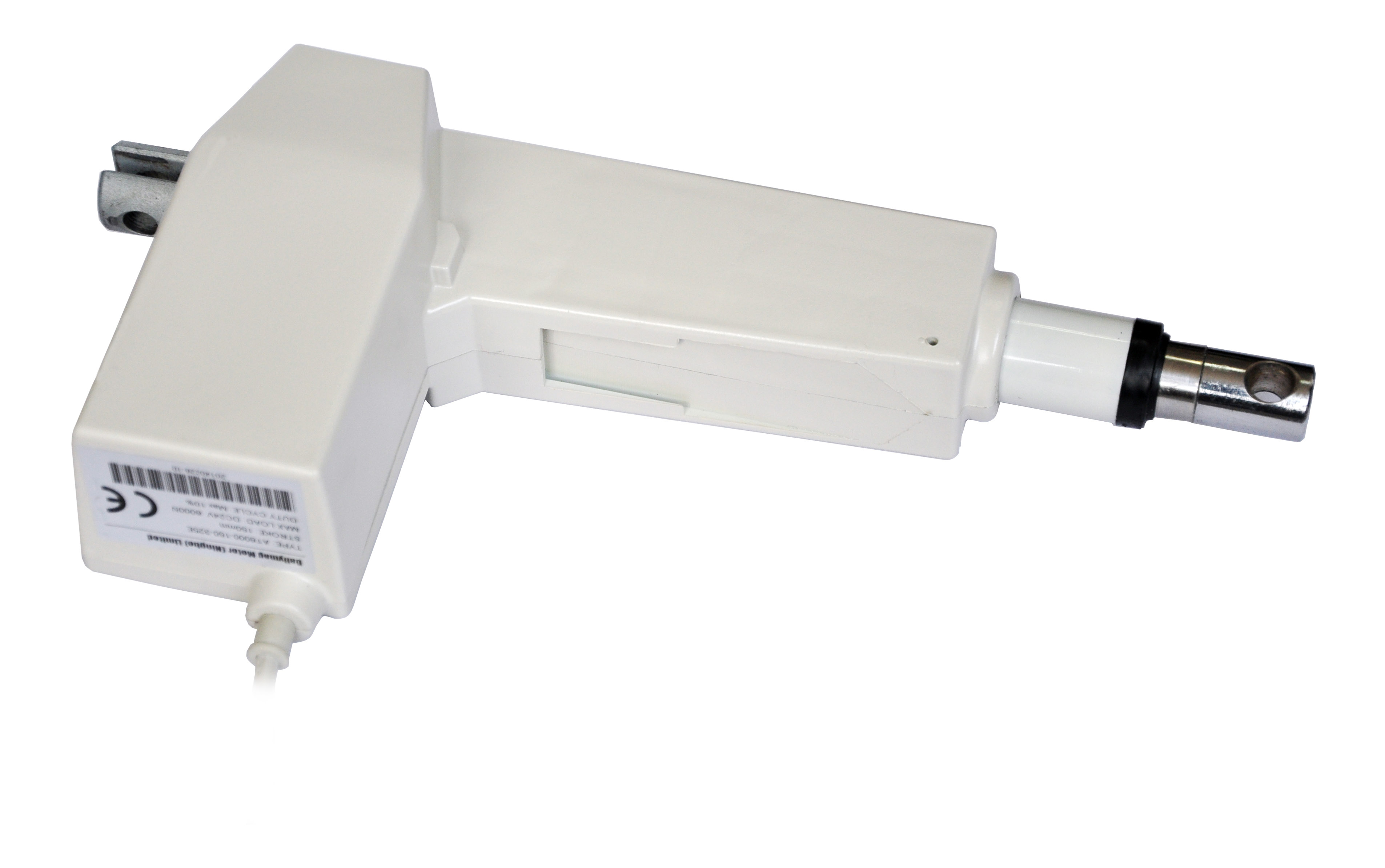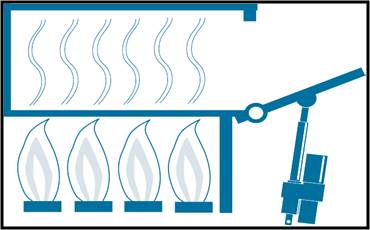DAILYMAG 24 VOLT DC LINEAR ACTUATORS |
||

Working Principle
The Linear actuator is a device that converts the rotational motion of a low voltage DC motor into linear motion – that is push and pull movements. The electric linear actuator consists of a motor, a gear and a spindle including a nut. A complete actuator system solution includes one or more linear actuators, a control box and a control device to operate the actuator.
Advantages of a Linear Actuator
The linear actuators are finding their way into a wide range of applications. When something needs to be raised, lowered, pushed, pulled, rotated, positioned, lifted, shifted or moved, the linear actuators are making an irrefutable case for electrification. These actuators operate more simply, efficiently, cleanly and quietly. And with fewer components to act up or wear out, the linear actuators offer exceptional durability. Despite being perceived as costing more, the actuator actually nets out to be more cost-efficient because of savings on several fronts.
Some Applications of Linear Actuator












CHARACTERISTICS
Case:
Fire resistant material
Smooth surface for easy cleaning&maintenance
Silent working
Bearing case :
Die casting bearing case
Patented design
Two pieces of bearings for heavy loads
Metal bearing for power transmission
Shaft:
Acme nut for higher efficiency
Safety nut
Many alternatives for different speeds and different loads
Limit switch
Mechanical Stop mechanism for extra safety
Motor: 24 Volt DC Motor
POWER: 6000 NEWTON - 8000 NEWTON
AVAILABLE STROKES: 100 mm / 150 mm / 200mm / 250mm / 300 mm / 350 mm / 500 mm
INSTALLATION LENGTH : STROKE + 175 mm










